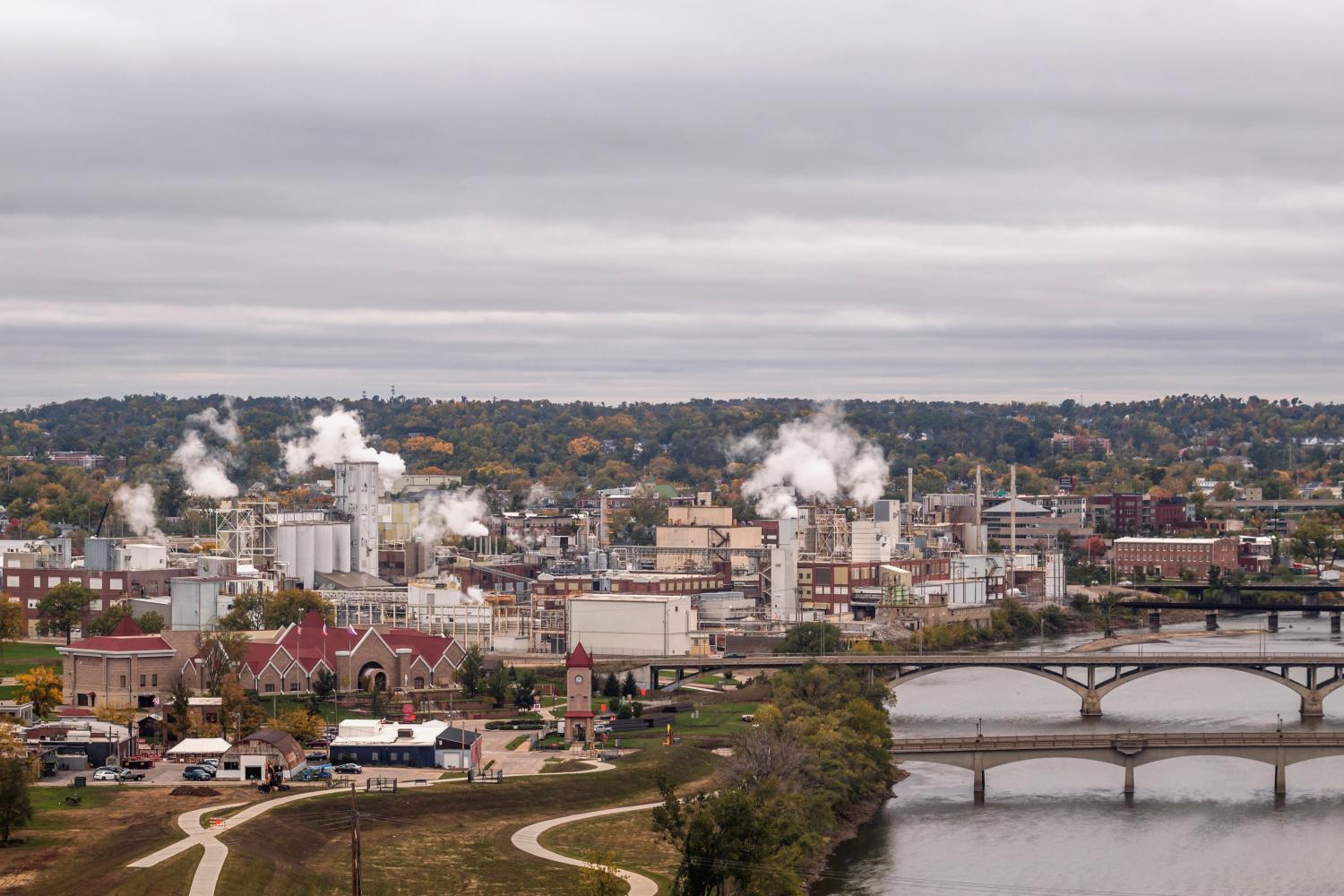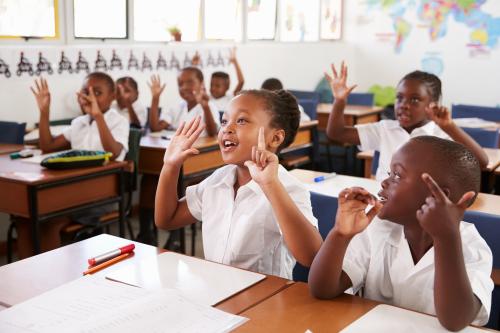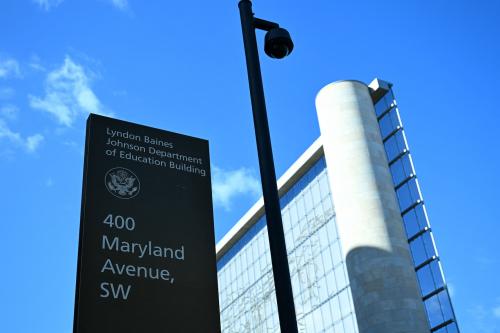Iowa BIG is a system of high schools located in Cedar Rapids, Iowa in the United States.1 The Iowa BIG system is small, serving just over 200 students across three high schools, and niche, with a focus on community-embedded project-based learning. Indeed, Iowa BIG is many things all at once, and understanding Iowa BIG as a system requires keen attention to its complexity.
It is a school system comprised of a federation of organizations. Established in 2013 in response to dissatisfaction with students’ education experiences in conventional high schools, Iowa BIG began as a single school serving students in two local school districts. Iowa BIG has since grown into a small system of two high schools and one affiliate high school. Operating as a local educational ecosystem, Iowa BIG connects four local school districts, their students, and community partners in ways that span established and conventional boundaries. Iowa BIG is also part of a national educational ecosystem focused on redesigning U.S. high schools as more innovative and engaging places of learning.
It is a vision for student-centric learning that centers student engagement and in-context learning. Iowa BIG’s essential ambitions, methods, and goals are student learning and performing in the context of student-driven, community-embedded, project-based learning.
|
The summary report “Transforming education for holistic student development: Learning from education system re(building) around the world” lays out 10 key lessons for transforming education systems, which are all exemplified in this case study. In particular, this case study highlights the need to:
1. Engage and coordinate among diverse stakeholders and leverage partnerships.
2. Design educational infrastructure to support new visions for instruction, and mobilize this infrastructure to support instructional improvement.
3. Support the use of educational infrastructure in school and classroom practice through professional learning. |
Iowa BIG is an educational system that supports students and teachers in organizing, managing, and improving instruction to operationalize its vision for student-centric learning. This educational system binds a constellation of organizations (i.e., a school system) into an educational system through an established infrastructure and supports for capacity-building.
Advantages and tensions
As a local ecosystem, Iowa BIG adds value to local school districts by providing a unique educational opportunity for students focused on holistic outcomes. As a part of a national ecosystem, Iowa BIG brings in both financial and knowledge resources that support Iowa BIG in developing, refining, and legitimizing its design. Key tensions include: (a) advancing reforms aimed at departing from the conventional school organization while also operating as part of that system and (b) organizing and working across and within an array of school districts and other organizations.
Drawing on the lessons of Iowa BIG, we suggest policymakers consider three key issues: (1) the distinction between school systems and education systems; (2) the types of support needed to sustain holistic reforms; and (3) the complexity of reform working across local jurisdictions.
-
Footnotes
- This case study is a companion to “Transforming education for holistic student development: Learning from education system (re)building around the world” (Datnow et al., 2022), a summary report that explores the work of building and rebuilding education systems to support holistic student development in six education systems in Singapore, Ireland, Chile, Canada, India, and the United States and in one cross-national system (the International Baccalaureate). While different in many ways, the seven systems bear remarkable similarities in their efforts to (re)build education systems—each is working in policy contexts pressing for academic quality and equity, while also facing additional incentives to support holistic student development.
The Brookings Institution is committed to quality, independence, and impact.
We are supported by a diverse array of funders. In line with our values and policies, each Brookings publication represents the sole views of its author(s).






